Social club whose drinkers have a worldwide reputation
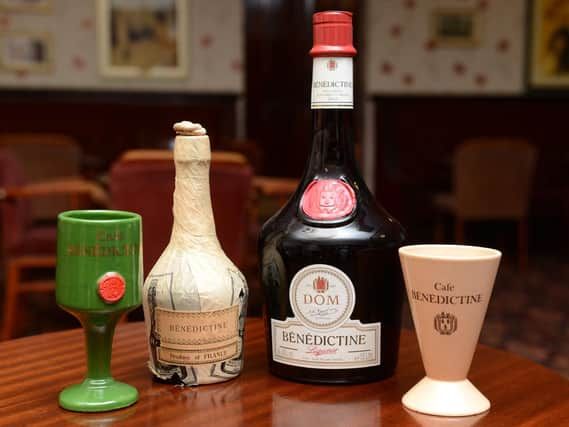

Right from the outbreak of the First World War, thousands of soldiers from Lancashire found themselves stationed in northern France.
From bases across the region they would be dispatched to the frontline, often seeing action among the worst conditions imaginable.
Advertisement
Hide AdAdvertisement
Hide AdDuring the 1916 Battle of the Somme alone for instance, the regiments of Central Lancashire – the East Lancashire, South Lancashire, and Loyal North Lancashire Regiments – between them suffered a total of 3,566 casualties
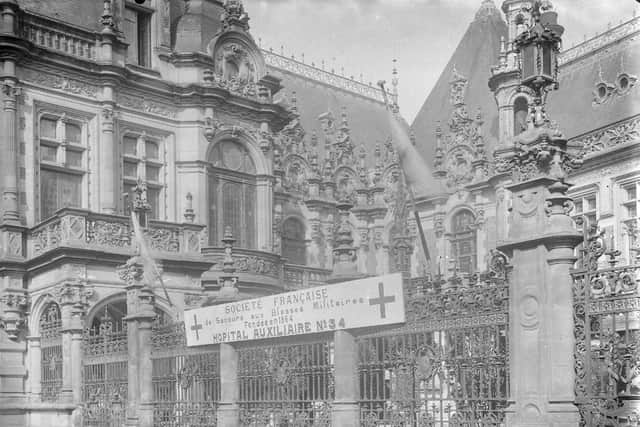

Away from the battlefields numerous buildings were taken over to use as military hospitals and for the recuperation for those injured in action.
Perhaps the grandest place was Le Palais Bénédictine, in Fécamp.
The palatial building had been commissioned by Alexandre Le Grand in the 1880s as a distillery to match the splendour of its produce, the liqueur Bénédictine.
Advertisement
Hide AdAdvertisement
Hide AdThe opulence of its part-Gothic, part-Renaissance exterior was matched by the interior, and it made for quite a place for servicemen to have their wounds tended.
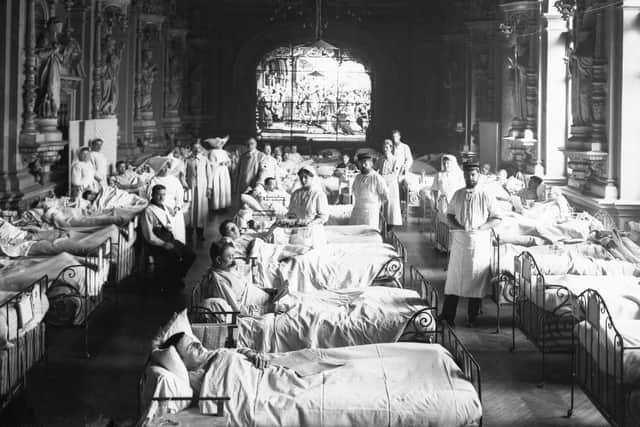

Although it is not recorded whether Lancashire’s soldiers were taken to Le Palais Bénédictine for medical assistance, its golden drink was certainly taken to them, and it is known that many of them visited Fécamp during periods of rest and rehabilitation.
In the cold the soldiers of the East Lancashire Regiment in particular, quickly developed a taste for the liqueur, which they drank mixed with hot water to help ward off the bitter and harsh conditions.
This warming brew was christened a ‘Béné ‘n Hot’, and quickly became the favourite tipple of the men from East Lancashire.
Advertisement
Hide AdAdvertisement
Hide AdHowever, it was one particular long stay in the area by the Regiment’s 11th Battalion – the famous Accrington Pals – which is thought to have firmly cemented the local taste for the tipple.
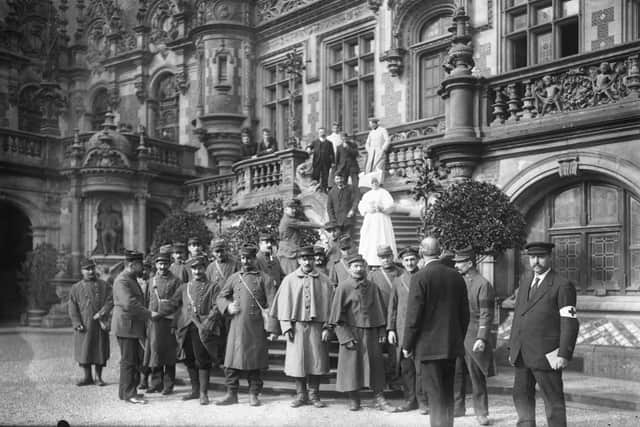

The Armistice on November 11 1918 saw the Accrington Pals at Gramont, in Belgium. From there they moved back to France, to St Omer, Calais, and Abbeville before being posted to Le Havre – just 20 miles from Fécamp – in early June 1919, and finally to No 2 Dispatching Camp at Harfleur (now a suburb of Le Havre) on June 25, 1919.
Both those awaiting demobilisation, and men newly posted into the camp, spent their time on route marches, lectures and playing football and cricket.
It was inevitable that the camp would have a relatively relaxed atmosphere. Everyone, officers and men alike, looked forward to going home for good.
Advertisement
Hide AdAdvertisement
Hide AdThere was plenty of free time – time to sightsee, and to dine and drink in the cafes and bars in the area.
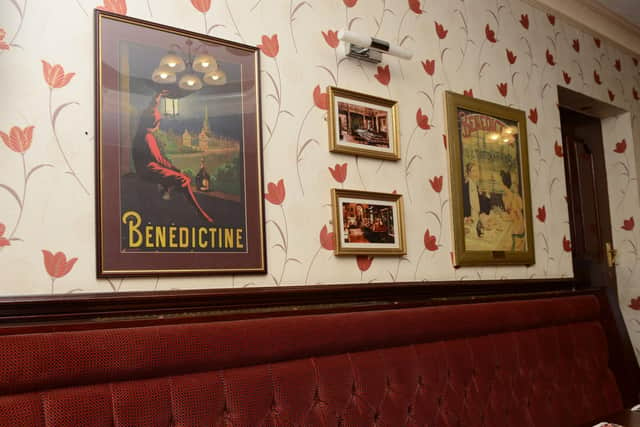

The town and port of Fécamp was a favourite excursion and Le Palais Bénédictine was a notable attraction.
It is known parties of East Lancs soldiers visited the distillery and Bénédictine would have been behind the bar in many a café and bar in Harfleur and Le Havre.
Men whose physical condition had suffered in years of fighting, or were still recuperating from wounds and sickness, all agreed that ‘a Bene’ had medicinal properties and a fortifying effect.
Advertisement
Hide AdAdvertisement
Hide AdIndeed, it was reported during the war years that soldiers would be served a tot in the military hospitals of northern France.
A letter sent by Private Archy Wilson, of the East Lancashire Regiment, to his wife, Clementine, reveals the value placed on the drink.
Pte Wilson was just 21 years old when he was wounded in battle in France. As he waited to be transported home, he wrote:“My dear Clementine…My tummy and back were sore in the night. It is very cold. Our nurse brought round a very nice drink with hot water in it called Benedictine. It warmed my heart.Lads of the 5th East Lancs Battalion are in my ward and they all drink it. They went to a place today which makes Benedictine and were given a slap-up meal with a good drink. They are all in a good mood and so am I.”
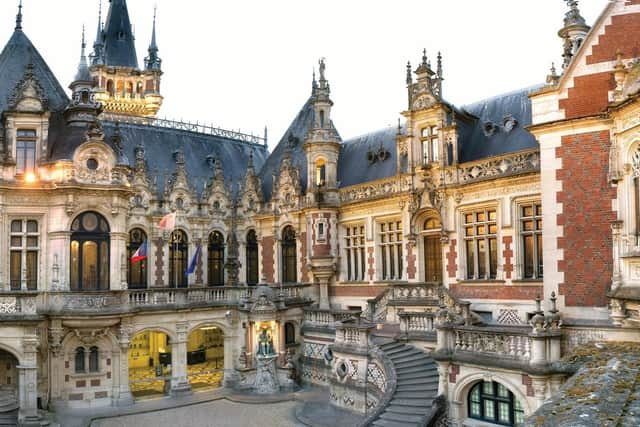

Little surprise, then, that soldiers returning to England, both during and after the war, did not want to leave their Bénédictine behind. Back home they still had harsh Lancashire winters to contend with, and enjoyed Béné ‘n Hot during a Lancashire snowstorm or wintry gale.
Advertisement
Hide AdAdvertisement
Hide AdAnd many of those soldiers found work after the war in Lancashire’s mines and found a drop of Bénédictine would keep them warm and aid the respiratory system.
The first 24 bottles of Bénédictine liqueur were delivered to the Burnley Miner’s Club on December 22 1918, with another 100 bottles sent in January 1919.
A century on, many of the club’s 600 members still round off their evenings with a Béné ‘n Hot.
Bénédictine liqueur remains popular in other Lancashire towns which sent soldiers to Normandy, including Nelson, Colne, Blackburn and Accrington, but none surpasses Burnley.
Advertisement
Hide AdAdvertisement
Hide AdBurnley Miner’s Club is acknowledged as the world’s biggest consumer of Bénédictine, getting through 1,000 bottles every single year to this day.
Burnley Miners Association Prosperity Lodge Working Mens Social Club and Institute – as it was then known – was formed around the time the war ended and the Burnley and District
Discharged Sailors and Soldiers Club and Institute ceased to exist perhaps explaining why this, of all social clubs, should be the home of Bénédictine.